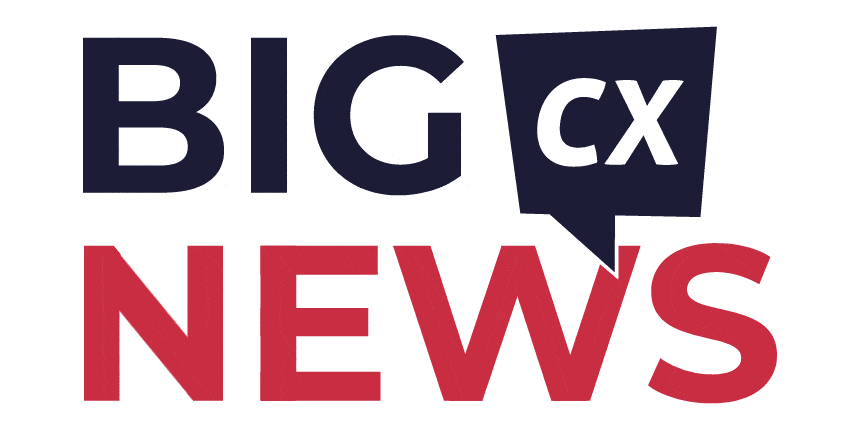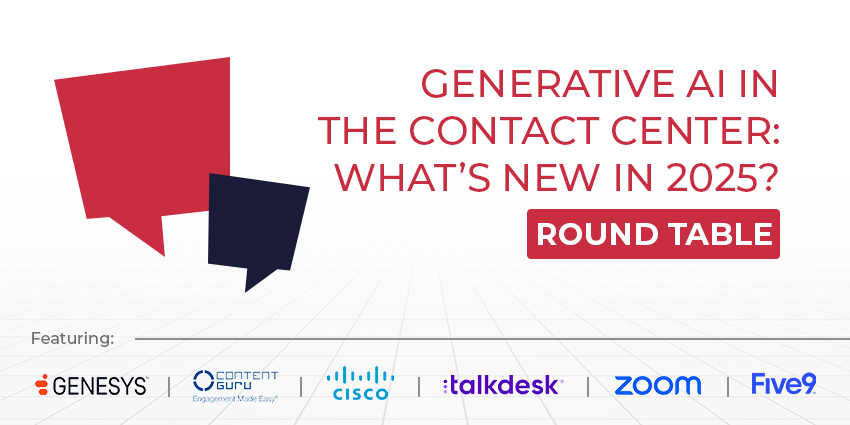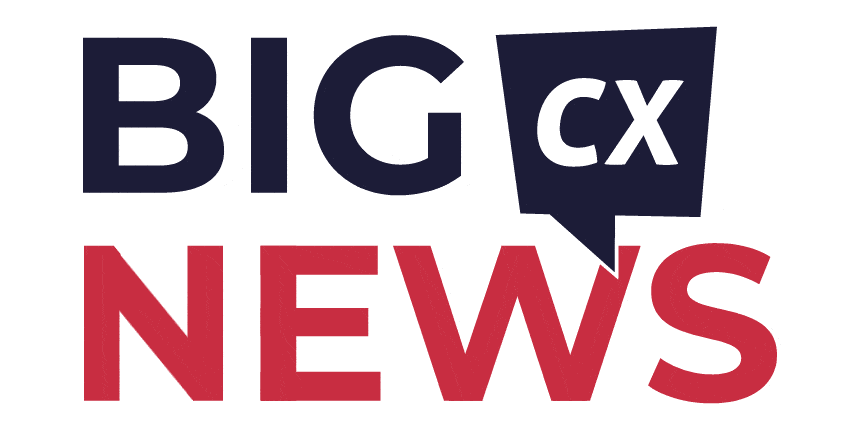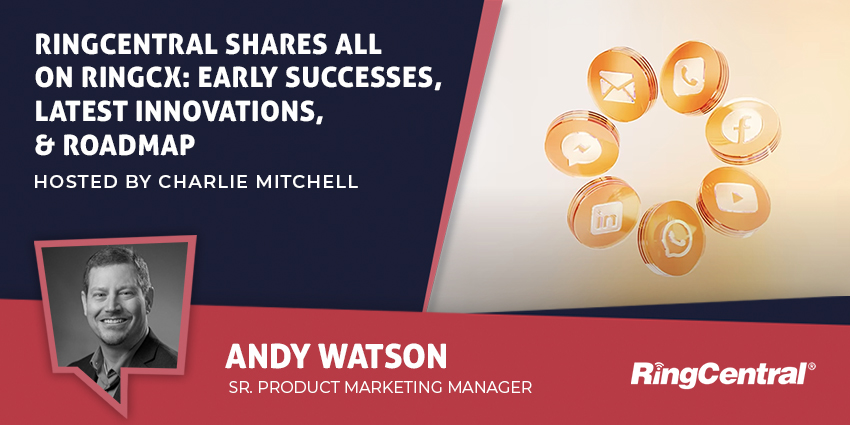From a high-profile CEO change to a multi-million dollar acquisition, here are some extracts from our most popular news stories over the last seven days.
RingCentral Announces CEO Change, Unveils a New CCaaS Platform
Tarek Robbiati is the new CEO of RingCentral, with Vlad Shumnis stepping down after an impressive 24 years in the role.
The move marks the first CEO transition in the vendor’s history, as Shumnis seized the position when he founded the business in 1999.
In that time, Shumnis turned the business from a small startup into a global enterprise communications juggernaut.
Reflecting on that journey, he said: “When I founded RingCentral two decades ago, we were a tiny, unfunded startup with an ambitious mission to improve how businesses around the world communicate internally and with their customers.
“From those humble beginnings, we have become a recognized leader in our space and one of the largest pure-play SaaS companies in the world.
My plan is to stay engaged in the company while dedicating most of my time to innovation, product development, and long-term strategy. I am excited for the road ahead.
As Shumnis shifts to Chairman, in steps Robbiati, who has served as a board member since December. He previously held the CFO position at Hewlett Packard Enterprise.
That role alone highlights his robust financial background and may signal the beginning of another period of restructuring.
Some may consider this a necessary step, as the business endured a 75 percent drop in its stock value over the past two years.
Yet, unfortunately, that is not unusual in the post-pandemic CX industry, with RingCentral still reporting double-digit growth each quarter.
Moreover, Robbiati has played a big part in paving RingCentral’s path to profitability.
Indeed, it seems to be getting there, having just reported a second-quarter net loss of $21.5MN, down from $159.5MN year-over-year.
Now, as CEO, Robbiati aims to drag RingCentral into a fruitful future. (Read more…).
Five9 to Snap Up Aceyus for $82MN
Five9 will acquire Aceyus for $82MN in cash, subject to particular price adjustments.
The CCaaS stalwart expects to close the deal within the next three months.
Many big-name brands – including Expedia, T-Mobile, and Verizon – work with Aceyus, deploying its core VUE platform.
That platform includes analytics, real-time reporting, and dashboard solutions – which many Five9 customers already leverage, as Aceyus is a long-time Five9 partner.
After witnessing many of the platform’s benefits first-hand, Five9 swooped in to bring Aceyus’ technology to its broader customer base.
That said, Aceyus already enjoys close relationships with many Fortune 100 companies, one of three significant drivers behind the acquisition.
Why Did Five9 Go for Aceyus?
Mike Burkland, Chairman and CEO of Five9, outlined the vendor’s three principal drivers to snap up Aceyus during an earnings call.
Starting with its “sizable” install base, Burkland stated:
They are beloved by their large enterprise clients. In fact, we see RFPs fairly frequently where there’s a requirement… to integrate with Aceyus.
Next, the CEO highlighted how the move allows Five9 to streamline large enterprise CCaaS migrations – comparing the process to a heart transplant.
Continuing this analogy, Aceyus acts as the bypass machine, allowing businesses to run their business during the migration and ensuring that data flows endure.
According to Buckland, it offers “the ability to have continuity across the business throughout that migration time period and beyond.”
Finally, Burkland notes how critical Aceyus is to Five9’s go-forward strategy, thanks to its tight “data integrations across so many back-end systems.” (Read more…).
8×8 Blames CPaaS Troubles for Revenue Miss
8×8 has missed its Q1 revenue targets, with the vendor’s total revenue dropping two percent year-over-year.
In total, the vendor raked in $183.3 million, an increase on the previous quarter but a figure that lagged its previous guidance of $186-188 million.
Explaining why on an earnings call, Kevin Kraus, CFO at 8×8, laid the blame squarely at the feet of its Fuze CPaaS business. He stated:
Our revenue performance was impacted by continued challenges in our CPaaS business in the Asia Pacific region and higher-than-expected churn in our Fuze customer base.
“Other revenue for the quarter was $8 million, slightly above the prior quarter and in line with expectations,” Kraus concluded.
Some may suggest its CPaaS challenges result from the market becoming increasingly commoditized, with opportunities harder to come by.
Nonetheless, Samuel Wilson, CEO of 8×8, does not see it that way. Instead, he pinpoints two critical reasons for the provider’s CPaaS struggles:
- The pressing need to downsize Fuze contracts.
- Carriers raising their SMS pricing.
The first point aligns with Kraus’s thoughts, and Wilson expands on this by stating:
Smaller customers [are] actually moving off the platform, but a significant portion of lost ARR (annual recurring revenue) was due to right-sizing the customer subscriptions as they came up for renewal for upgrades.
Wilson continued by suggesting that it could take “a few quarters” to right-size all customers.
In doing so, the CEO – appointed to the full-time role in May – hints that many Fuze customers had previously signed contracts that exceeded their requirements. (Read more…).
UiPath Dominates the RPA Space, Dwarfs Microsoft’s Market Share By 10x
UiPath leads the robotic process automation (RPA) space, accumulating an impressive 35.8 percent market share.
The statistic comes from Gartner’s latest global Market Share Analysis study into the RPA field.
According to the study, UiPath dwarfs its closest competitors, with no other tech provider holding more than a ten percent share.
Indeed, its rival vendors – Automation Anywhere (9.7 percent), SS&C Blue Prism (8.7 percent), and Microsoft (3.3 percent) – seemingly have significant ground to make up.
The following chart from the Gartner report underlines this – showcasing that UiPath’s market share is over ten times the size of Microsoft’s.

Yet, perhaps the most striking takeaway from this graphic relates to UiPath’s rapid rise. Indeed, the vendor only accounted for 1.6 percent of the market in 2016.
While its growth curve may have slowed over the past three years, UiPath has cemented its market dominance, with Gartner noting this is the fourth consecutive year it has topped the charts.
Inside the report, the research firm also stated:
UiPath is a dominant player owing to its strong performance, global brand recognition, a customer and partner ecosystem of more than 2.5 million members, and its market-influencing narrative about AI-powered automation.
Gartner also named UiPath a “leader” in its most recent Gartner Magic Quadrant for RPA. (Read more…).







